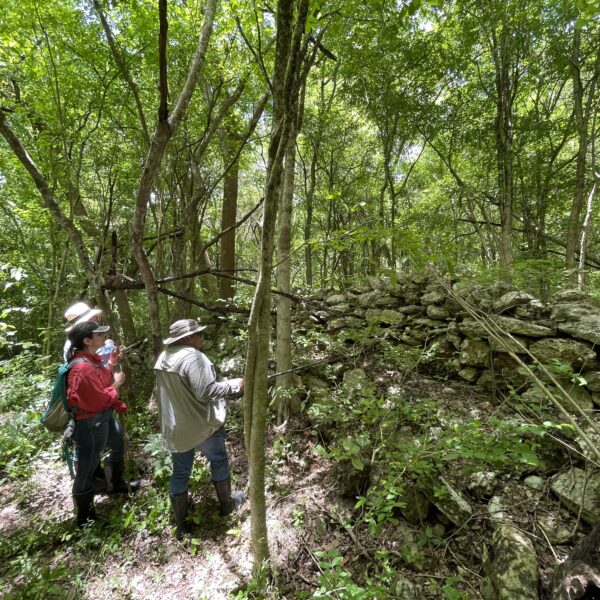The most important pre-Hispanic cities incorporated a protective element. Today we know that there are few Maya cities that have protective walls; Chunchucmil, Maxcanú, Muná, Chichen Itza, Ekbalam, Ake, Cucá, Mayapan, Chacchob, Dzonot Ake, Tulum (in Quintana Roo), and Uxmal, for example, are fortified cities.
The first explanation attributed to these cities having walls is that of protection; however, it must be considered that these ancient cities are founded when man discovers the place, instead of choosing it, as they are sacred spaces that are revealed to man in some way from a natural element, a cenote, a tree, the orientation that gives rise to a world-view system.
Mircea Eliade mentions that the walls of cities, before being military or defense works, have a magical defense function, since they are provided with a center. In this sense, in critical moments of chaos, the population would gather in a procession surrounding the walls of the city to reinforce the limit and the magical-religious defense.
The ritual procession along the wall constitutes a magical-symbolic form with offerings to the patrons of the city along the wall. This ritual is a way to establish a defense and strengthen the function of fortification. It is a way of providing a magical value to the wall, making it possible to establish a barrier between two different spaces, the interior and the exterior.
In this sense, the delimitation of spaces by means of a fortification is the way to build a sacred space, a space made up of temples, palaces, alters, shrines. All these elements constitute an archetypal model composed of an underworld and a superworld starting from a central point, in our case, the Ya’axche,
(the seiba tree).
The accesses of the wall also allow for the connection between the natural resources outside the wall and also with the satellite sites located outside the wall.

